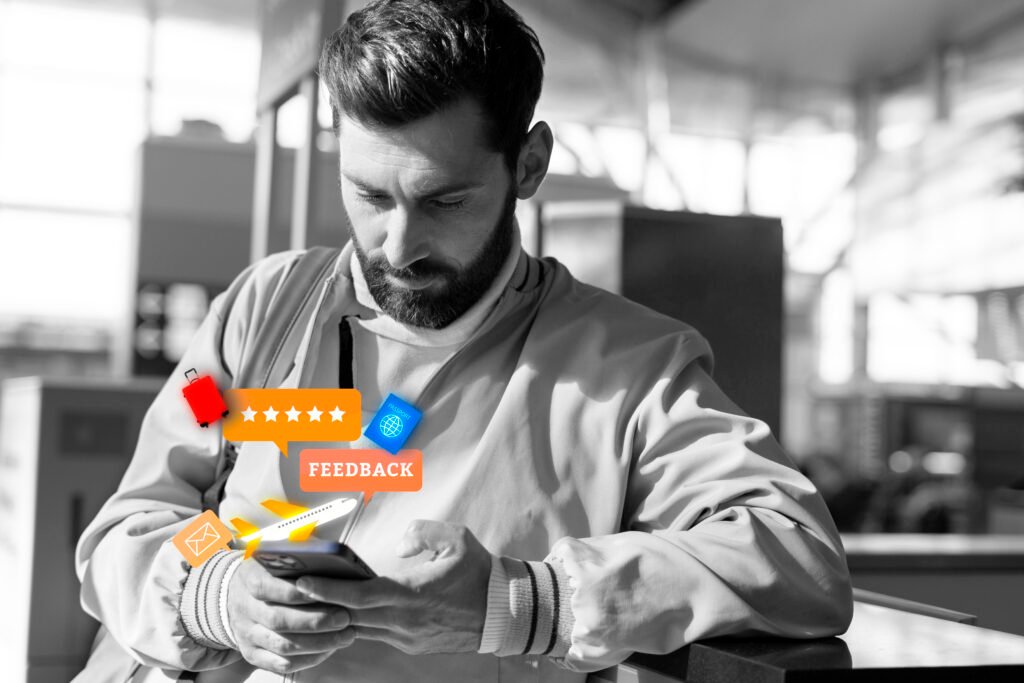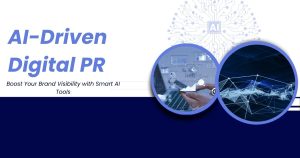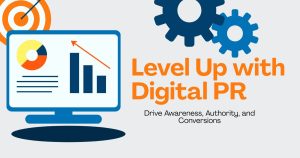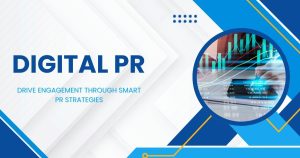How Digital and Social Media Have Transformed PR Forever

Public relations(PR) has always been about building long-term relationships between organizations and their audiences. But with the advent of digital and social media, PR strategies have changed drastically. The days of relying solely on press releases and traditional news coverage are long gone. Now, PR professionals are trying to figure out a rapidly changing digital landscape. Where conversations happen in real-time, transparency is not optional and the opportunities for connection are endless. If you are interested in how digital and social media have influenced the existence of PR here is a post of our blog in seven directions. We’ll also provide some insights into making this new PR landscape work for you.
The Shift to Real-Time Communication
PR in the Digital World
Digital media has revolutionized how quickly PR professionals can communicate with their audiences. With platforms like Twitter, Facebook, and Instagram, brands can now share updates within seconds. News no longer waits for the evening broadcast or morning paper—instead, it unfolds live and online. This immediacy has compelled PR professionals to adopt faster, more dynamic strategies.
For example, when an airline faces a customer service issue, it can quickly respond on Twitter with an apology, a resolution, or both. Compare this to 20 years ago, where resolving such an issue might have required lengthy calls or waiting for a published statement.
However, the rapid pace of digital media comes with its challenges. Crisis management must now account for the fact that a misstep caught on camera can spread across the globe in minutes. Brands must remain vigilant and have robust plans for handling emergencies in the digital age.
Tip for PR Professionals: Prepare for real-time scenarios with pre-drafted responses, but always leave room to customize your messages to suit the tone of specific crises.
The 24/7 News Cycle
Social media ensures that the news cycle never stops. PR teams used to have time to carefully craft responses, but now they’re racing against the relentless pace of online discourse. While this can be overwhelming, it also provides new opportunities to shape narratives, correct misinformation quickly, and stay top-of-mind for target audiences.
For example, Oreo’s response during the 2013 Super Bowl blackout (“You can still dunk in the dark”) became a classic case study in real-time marketing success. The tweet earned widespread positive attention and demonstrated how quick thinking can redefine perceptions of a brand.
The Rise of Influencers
From Journalists to Social Influencers
The traditional PR model often revolved around pitching stories to journalists. But in the era of social media, the focus has expanded to influencers, industry leaders, and content creators who command attention in niche markets.
Today, influencers wield significant power in shaping consumer opinions. Whether it’s a beauty vlogger reviewing a skincare product or a tech guru discussing a new app, influencer partnerships have become indispensable for PR campaigns. Unlike traditional media outlets, influencers often deliver a more personal, relatable perspective that resonates strongly with their audience.
PR professionals now spend considerable time identifying the right influencers to align with their brand values and goals. The key is finding the perfect balance between reach and relevance. A micro-influencer with 10,000 engaged followers often has more impact than a mega-celebrity with millions of passive followers.
Authenticity is Key
Collaborating with influencers requires more than just transactional partnerships. Consumers are hyper-aware of inauthentic content, so it’s essential to ensure influencer collaborations feel genuine. PR professionals must give influencers creative freedom while aligning their messages with broader campaign goals.
Example: When Coca-Cola partnered with fitness influencers for its “Better When I’m Active” campaign, it showcased relatable, authentic stories of people incorporating more movement into their lives. This subtle, non-intrusive approach resonated with audiences while promoting the brand.
Audience Engagement in the Social Era
Two-Way Conversations
Social media places engagement at the core of PR efforts. Unlike traditional PR practices, which focused on broadcasting messages, social platforms enable true two-way communication. This empowers brands to connect directly with their audience, respond to feedback, and build genuine relationships.
Take Wendy’s Twitter account as an example. Known for its witty and sometimes downright savage responses, Wendy’s has cultivated a loyal fanbase by making social interactions entertaining and personable. This level of engagement not only humanizes the brand but also strengthens its PR strategy by fostering a community of brand advocates.
User-Generated Content
User-generated content (UGC) is its by far one most fundamental changes to come out of social media. Increasingly, ordinary consumers themselves are responsible for propagating awareness of a brand. Because they know this, PR teams are now encouraging UGC campaigns. Their goal is to showcase real-time exchanges between products or services and customers. Giveaways, contests, and branded hashtags can all help to encourage people share their experiences on-line.
Take #ShareACoke for example – not only let customers to choose their own Coca Cola bottle phrase, but it also asked them to spread photos of their purchase on social media platforms. What was the end product? Thousands of millions organic impressions, and a joyous global campaign.
Measuring Success with Digital Metrics
The Evolution of PR Metrics
Before digital media, measuring the success of PR efforts relied on metrics like press clippings, ad value equivalents (AVE), and circulation numbers. While these metrics still have some relevance, digital media has introduced a range of sophisticated tools that offer granular insights into campaign performance.
Key Metrics in Digital PR
- Engagement Metrics: Likes, shares, comments, and clicks provide real-time indicators of how audiences are reacting to PR efforts.
- Sentiment Analysis: Tools like Brand watch and Hootsuite help PR professionals gauge public perception by analyzing positive, neutral, or negative sentiment.
- Website Traffic: Monitoring site traffic and referral sources (e.g., from social media or influencer links) offers insight into how PR campaigns drive direct action.
- Return on Investment (ROI): Advanced analytics platforms allow PR professionals to tie specific campaigns to business outcomes, such as increased sales, sign-ups, or downloads.
Digital metrics offer an unparalleled level of visibility, making it easier to tweak strategies and justify PR budgets.
Why PR Professionals Must Adapt Today
Along with it, a different period has started to emerge and is always changing. From real-time engagement and leveraging influencers to tracking data-driven metrics, PR people today have never before had such opportunities for contacting, speaking with and measuring the impact of their efforts. However, this being the case we have a duty to be flexible and careful as well as proactive
The companies that adjust will have a head start in developing stable and lasting relationships with their audiences. Whether you’re handling crises, launching campaigns or working with creators, keeping an eye on digital trends is a must for any public relations specialist nowadays to succeed. Threading the maze. Let’s explore some new ways to streamline your PR efficiency by taking a closer look at your own organization and the things you do.
Your Next Step
Are you interested in improving or updating your public relations approach during the digital age? Well, one way you can start doing that is by looking at how utilities such as Hootsuite and Google Analytics help you to manage your reputation online and measure effectiveness, etc. Plus, don’t forget to continue experimenting with new platforms, such as TikTok or Threads, in order to stay abreast of the most recent engagement opportunities!





